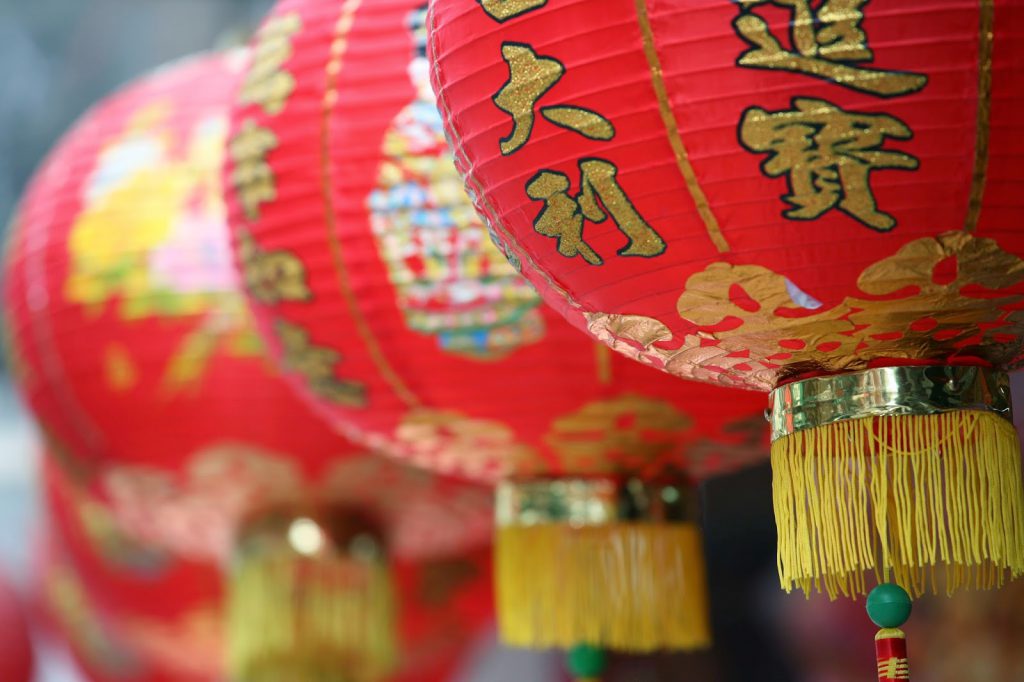If you walk through the streets of China Town in San Francisco during this time of year, you’ll surely be greeted with hundreds of glowing red cascading lanterns, fluttering banners with gold printing along and across the storefronts, and flowers (particularly orchids) lining the streets. And, if you’re lucky, you’ll be corralled onto the sidewalk to make room for one of the largest parades in the U.S. outside of Asia with performers doing elaborate dragon dances, adorning gorgeous floats, wearing intricate costume designs, and exploding an
abundance of firecrackers.
This is none other than the celebration of Chinese New Year: a two week Spring festival celebrated for over 5,000 years in China. Based on the lunar calendar, China and other Asian countries base the New Year on the moons orbit around the earth, making this celebration occur on the second new moon after the winter solstice. On this day, families get together to make merry and partake in customs and traditions to bring good luck into their lives for the entire year to come.
In light of this holiday, wed like to explore a topic that relates more closely to accounting than one would think: the invention of the abacus. Although accounting practices (although not termed so) dates as far back as the 1400s with Venetian merchants doing double-entry bookkeeping, there was a time when counting and keeping track of numbers wasnt as easy as it is today. The invention of the abacus changed that.
The Chinese abacus was developed about 5,000 years ago. Created from a need to keep track of more counters than human hands and fingers could provide, the abacus, made from wood and beads, was portable, easy to carry, and was so successful that it spread from China to many other countries. Contrary to popular belief, the abacus does not compute numbers the way that calculators do; rather, they help keep track of numbers as people do the computing. You could call the abacus the roots of the modern calculator. Abacuses (or abaci) also introduced the concept of positional notation that we use today.
From this invention, the Chinese and many other countries were able to keep better track of their finances such as maintaining inventory of their flock, calculating debt, and extended to multiplication and division operations. It was also used to measure land area and shapes and sizes of various objects. As abaci spread throughout the world, it made computing numbers much simpler, quicker, and convenient, revolutionizing the way people engaged in mathematics.
Today, the abacus is still alive and well. It is taught in Asian schools and some few schools in the West since its a great way to teach children simple math and other base numbering systems since it adapts easily to any base.
So if youre not planning on partaking in any Chinese New Year festivities (or even if you are), pick up an abacus and give your brain a little work out if you need a break from studying for the exam. Or, at the very least, take some time to appreciate the invention of the abacus that served as inspiration for the calculator. Then try to imagine a world where accountants didn’t have these amazing computing tools. Yikes!
Check out this short video that gives you a basic understanding of how to use the abacus and how it works. Happy Lunar New Year!
(Source: http://www.ideafinder.com/history/inventions/abacus.htm)
